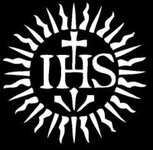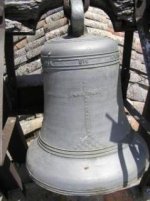ScubaFinder
Bronze Member
- Jul 11, 2006
- 2,220
- 528
- Detector(s) used
- AquaPulse AQ1B - AquaPulse DX-200 Magnetometer
- Primary Interest:
- Shipwrecks
- Thread starter
- #21
Well, it was a "theory to speculate on" that got me into this silly treasure hunting business in the first place.  And things like this are why I'm still here doing it. The never ending mysteries insure that boredom never returns....
And things like this are why I'm still here doing it. The never ending mysteries insure that boredom never returns....
With all the great minds here I have no doubt we will know the true origin and destination of this bell soon. Thanks again for all the help and input.
 And things like this are why I'm still here doing it. The never ending mysteries insure that boredom never returns....
And things like this are why I'm still here doing it. The never ending mysteries insure that boredom never returns....With all the great minds here I have no doubt we will know the true origin and destination of this bell soon. Thanks again for all the help and input.


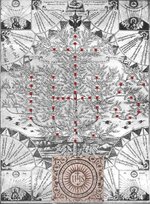

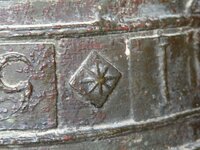

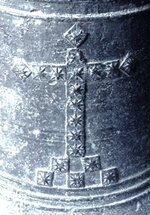


 Beautiful piece of history you have.
Beautiful piece of history you have.